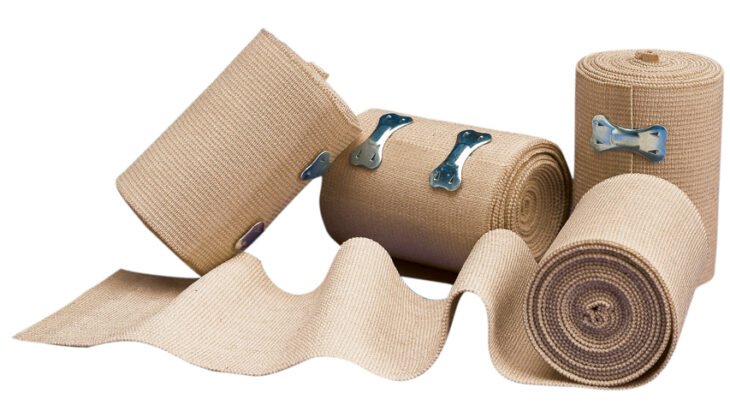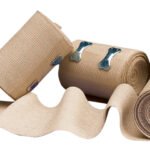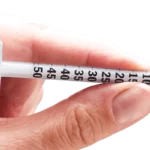Welcome to Avensia Group

Elastic Bandage and Its Uses
Have you ever had an injury? Well, this question is actually irrelevant as we all must have met with some of the other kinds of injuries in our life. Whether minor or major, all injuries are to be prevented, treated, and recovered from as soon as possible. Elastic bandages prove to be a great help for muscle and bone injuries.
Importance of Elastic Bandages
An elastic bandage is a type of stretchable bandage used to deliver localized pressure on a specific area. They are used to put gentle and even pressure all over the tissue around an injury and helps to decrease swelling and pain. Elastic bandages improve the blood flow to a limb and help to heal sprains and strains quickly. They can also be used to hold hot or cold packs and other bandages in place.
Early elastic bandages were mostly made of latex, which proved to be allergic to many users. As a result, women and knitted elastic bandages were introduced. The modern elastic bandages are made of polyester, cotton, and latex-free elastic yarns. With the varying proportions of raw materials used, elastic bandages offer different kinds of elasticity and durability. You may connect with medical consumables suppliers in Dubai to know more about the different bandage models.
Modern elastic bandages are used as a sports medicine by orthopedists for various kinds of bone and muscle injuries. They are also commonly used in the treatment of Lymphedema and other conditions related to veins. Apart from the injury factors, certain types of elastic bandages are used as a body wrap to reduce weight and deliver a shape to the body.
How to Use Elastic Bandages
Elastic bandages are available in a variety of sizes and lengths based on their purpose and design. They may come with metal clips or tapes to fasten them tightly in place. You may wrap an elastic bandage on your wrist, knee, elbow, or ankle. Even though asking a medical expert is the best way to know how to wrap it, let us have a look at the different steps in wrapping an elastic bandage around the ankle.
- Take the bandage in a way that the start of the roll is facing up.
- Start with the loose end of the bandage above your foot beneath the toes, excluding them.
- Place the loose end of the bandage in the specific area with one hand and wrap the bandage twice around the top of your foot with the other hand. Make sure that you wrap the bandage from outside to inside.
- Now, move your hand to your heel and continue the wrapping spirally. Keeping your ankle uncovered, cross the bandage over your foot and take it behind your ankle. Now, move it down and cross it over the top of your foot and wrap it under. You should repeat this once more.
- Now, wrap the bandage upward starting from around the calf towards your knee.
- Finally, fasten the end to the wrapped part of the bandage. But make sure that you don’t use metal clips in light skin parts like behind your knee.
Take special care not to wrap the bandage too tight, as this may decrease the blood flow. Remove it twice a day, or whenever your leg gets pale or cold. It is also recommended to wash the bandage daily, and also to keep a spare one with you in case of any emergency. Anyway, feel free to consult a medical expert to ensure that you are using them in the right way.






